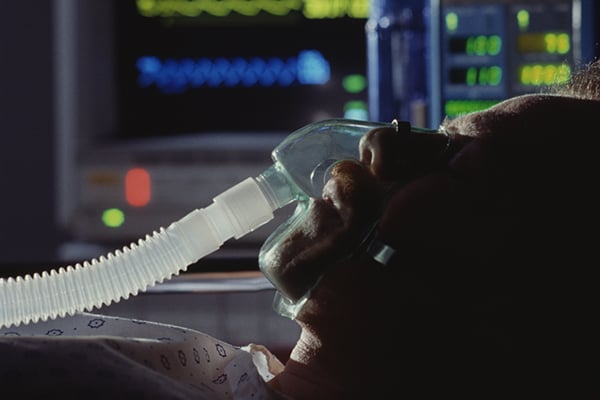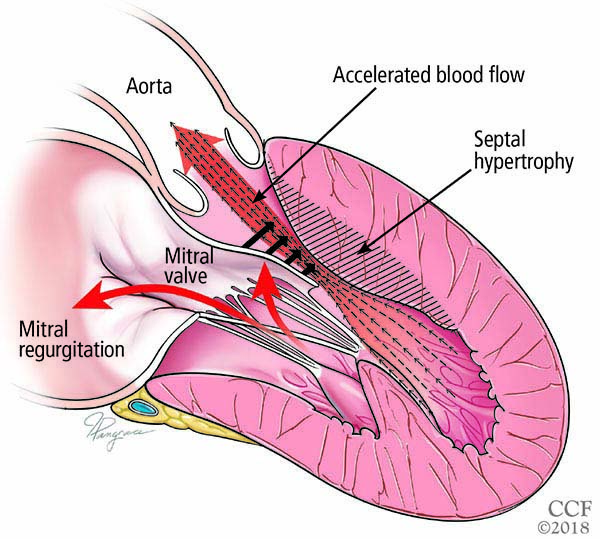Browsing: Critical Care








Critical Care
,
Cardiology
,
Deep Dive in CritCare
Will transesophageal echocardiography become the first imaging incorporated into ACLS protocols?
Deep Dive into the Evidence: Cardiac Ultrasound in Cardiac Arrest
9/5/2019 Sean M. Hickey, MD , Bryan Beattie, MD , Susannah Empson, MD , Mina Ghobrial, MD , Jaskirat Gill, MD , Emily Gillespie , Meghan Gorski, DO , Omid Manoochehri, MD , Joshua Novy, MD, MBA, MS , Jonathan Pickos, DO , Mark Ramzy, DO, EMT-P , Yanika Wolfe, MD



